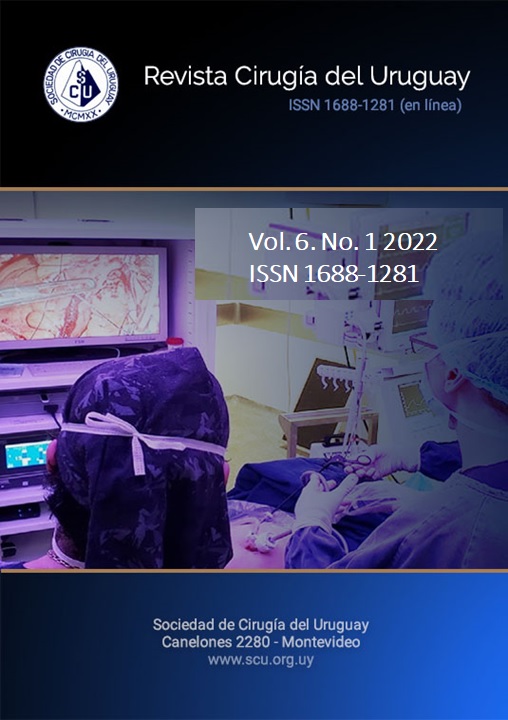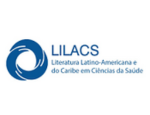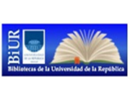Incidence of asymptomatic gallstones in patients with biliary complications
DOI:
https://doi.org/10.31837/cir.urug.6.1.12Keywords:
gallstones, cholecystitis, acute cholecystitis, acute pancreatitis, complicationsAbstract
Introduction: Complications of gallstones are an important cause of morbidity in our country and throughout the world and generate high health costs.
Objective: The objective of this study was to determine which patients with a complication of their bile duct stone pathology (cholecystitis, acute cholangitis, acute pancreatitis) were previously asymptomatic, and this complication resulted in the onset of the disease.
Place: Sanatorium Asociación Española de Socorros Mutuos, Montevideo Uruguay.
Design: Descriptive and retrospective observational study with an analysis of medical records.
Materials and Methods: 234 clinical cases were analyzed. Epidemiological characteristics, diagnostic methodology, treatments received, and complications were assessed in this group of patients.
Results: Of the total number of patients (n=234), 109 (46.6%) had an asymptomatic gallbladder lithiasis and the biliary complication was the debut of their disease. Acute cholecystitis was the most frequent complication (68%), followed by acute cholangitis (22%) and third by acute pancreatitis (10%). The average age of presentation of the disease was 59 years.
Conclusions: Almost half of the patients (46.6%) who presented a complication of their gallstones were asymptomatic. This would be an important argument to indicate laparoscopic cholecystectomy with a prophylactic criterion in patients with asymptomatic gallbladder lithiasis.
Downloads
Metrics
References
Moreira E, Pontillo M, Hernández R, Rodríguez G. Tratamiento de la litiasis coledociana por vía laparoscópica, serie de casos de la Clínica Quirúrgica 2 del Hospital Maciel. Cir. Urug. 2020;4(1):5–13. Doi: https://doi.org/10.31837/4.1.2
Shabanzadeh DM. Incidence of gallstone disease and complications. Curr Opin Gastroenterol. 2018;34(2):81–9. doi: 10.1097/MOG.0000000000000418
Stinton LM, Shaffer EA. Epidemiology of gallbladder disease: Cholelithiasis and cancer. Gut Liver. 2012;6(2):172–87. doi: 10.5009/gnl.2012.6.2.172.
Pak M, Lindseth G. Risk factors for cholelithiasis. Gastroenterol Nurs. 2016;39(4):297–309.
doi: 10.1097/SGA.0000000000000235
Lambou-Gianoukos S, Heller SJ. Lithogenesis and Bile Metabolism. Surg Clin North Am. 2008;88(6):1175–94. doi: 10.1016/j.suc.2008.07.009
Ibrahim M, Sarvepalli S, Morris-Stiff G, Rizk M, Bhatt A, Matthew Walsh R, et al. Gallstones: Watch and wait, or intervene? Cleve Clin J Med. 2018;85(4):323–31.
doi: 10.3949/ccjm.85a.17035
Shabanzadeh DM, Sørensen LT, Jørgensen T. A prediction rule for risk stratification of incidentally discovered gallstones: results from a large cohort study. Gastroenterology. 2016;150(1):156-67. doi: 10.1053/j.gastro.2015.09.002
8. Coleman MJ, Ham JM, Watts JMK, Kune GA. a debate: asymptomatic gallstones should not be removed. Aust N Z JSurg. 1987;57(12):897–903. doi: 10.1111/j.1445-2197.1987.tb01291.x.
Sakorafas GH, Milingos D, Peros G. asymptomatic cholelithiasis: is cholecystectomy really needed? a critical reappraisal 15 years after the introduction of laparoscopic cholecystectomy. Dige Dis Sci. 2007;52(5):1313–25. doi: 10.1007/s10620-006-9107-3.
Pisano M, Allievi N, Gurusamy K, Borzellino G, Cimbanassi S, Boerna D, et al. 2020 World Society of Emergency Surgery updated guidelines for the diagnosis and treatment of acute calculus cholecystitis. World J Emerg Surg. 2020;15(1):1–26. doi: 10.1186/s13017-020-00336-x.
Attili AF, Capocaccia R, Carulli N, Festi D, Roda E, Barbara L, et al. Factors associated with gallstone disease in the micol experience. [Internet]. Hepatology. 1997:809-18. Disponible en: https://aasldpubs.onlinelibrary.wiley.com/doi/pdf/10.1002/hep.510260401
Cirillo DJ, Wallace RB, Rodabough RJ, Greenland P, Lacroix AZ, Limacher MC, et al. Effect of estrogen therapy on gallbladder disease. JAMA 2005;293(3)330-9. doi: 10.1001/jama.293.3.330
Friedman GD. Natural history of asymptomatic and symptomatic gallstones. Am J Surg. 1993;165(4):399–404. doi: 10.1016/s0002-9610(05)80930-4.
Collins C, Maguire D, Ireland A, Fitzgerald E, O’sullivan GC. A prospective study of common bile duct calculi in patients undergoing laparoscopic cholecystectomy natural history of choledocholithiasis revisited. Ann Surg. 2004;239(1):28-33. doi: 10.1097/01.sla.0000103069.00170.9c.
Manes G, Paspatis G, Aabakken L, Anderloni A, Arvanitakis M, Ah-Soune P, et al. Endoscopic management of common bile duct stones: European Society of Gastrointestinal Endoscopy (ESGE) guideline. Endoscopy. 2019;51(5):472–91. doi: 10.1055/a-0862-0346.
Salom A, Piaze A. tratamiento mínimamente invasivo de la enfermedad litiásica de la vía biliar. Relato Oficial del 63 Congreso Uruguayo de Cirugía. 2012;1-155 Disponible en: https://revista.scu.org.uy/index.php/relatos/article/view/4830
Salom A. Tratamiento por laparoscopía de la litiasis biliar: cirugía laparoscópica de la vía biliar en el tratamiento de la litiasis biliar. Publicia, 2016. 152 p.
Hu ASY, Menon R, Gunnarsson R, de Costa A. Risk factors for conversion of laparoscopic cholecystectomy to open surgery – A systematic literature review of 30 studies. Am J Surg.2017;214(5):920-30. doi: 10.1016/j.amjsurg.2017.07.029
Philip Rothman J, Burcharth J, Pommergaard HC, Viereck S, Rosenberg J. Preoperative risk factors for conversion of laparoscopic cholecystectomy to open surgery-a systematic review and meta-analysis of observational studies. Dig Surg. 2016;33(5):414–23. doi: 10.1159/000445505.
Nassar Y, Richter S. Management of complicated gallstones in the elderly: comparing surgical and non-surgical treatment options. Gastroenterol Rep (Oxf). 2019;7(3):205-11. doi: 10.1093/gastro/goy046.
Published
How to Cite
Issue
Section
License
Copyright (c) 2022 Andrés Salom, Andrés Miranda, Cecilia Pais, Federico Murias, Bruno Giliberti, Luciano Abiuso, Nicolás Mastrogiovanni, Roberto Valiñas

This work is licensed under a Creative Commons Attribution-NonCommercial 4.0 International License.
All articles, videos and images published in Revista Cirugía del Uruguay are under the Creative Commons CC licenses, which is a complement to the traditional copyright, in the following terms: first, the authorship of the referred document must always be acknowledged and secondly none of the article or work published in the journal may have commercial purposes of any nature. The authors retain their copyrights and give the magazine the right of first publication of their work, which will be simultaneously subject to the Creative Commons Attribution-NonCommercial 4.0 International License license that allows the work to be shared whenever the initial publication is indicated in this journal.






























